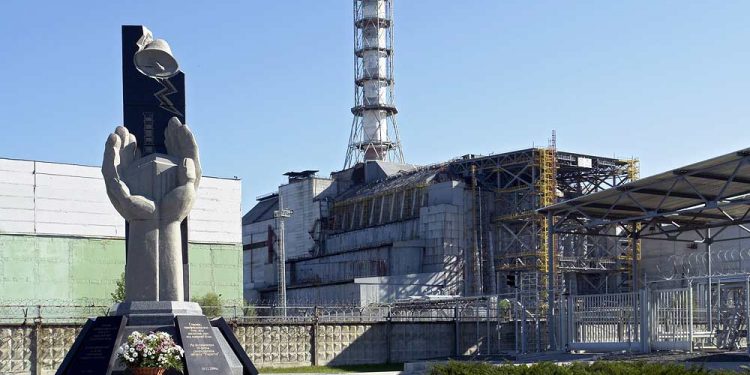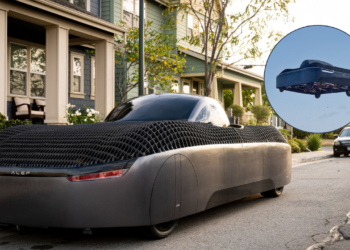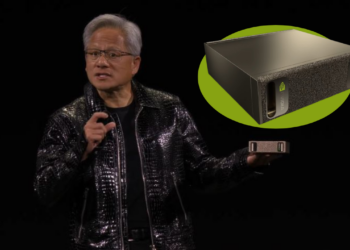Thirty-three years ago, the nuclear disaster in Ukraine, which put humanity before the problem of the safety of nuclear power plants.
April 26th is a date that unified the concept of “bad” nuclear energy, that of atomic bombs, of the Cold War arms race, and that of “good” nuclear power plants that, after the middle of the 20th century, have multiplied out of all proportion all over the world. Two concepts that, since the discovery of the atom, had always been quite distinct. In 1986, however, we stopped to think about the goodness of the idea.
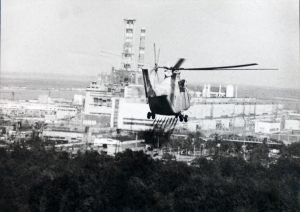 The handbrake was pulled by the biggest nuclear catastrophe in the world, the accident at the Chernobyl power station in Ukraine. Incalculable the number of deaths, after decades, due to radiation, 66 operators of the plant, who died a few days later from radiation poisoning, 1057 rescuers, who dealt with emergency operations to contain the disaster in the first hours after the accident, operating to the limit, with the dosimeter that often reached full scale. 11 years after the disaster, after the construction of a first shield against radiation, completed in record time in December 1986, the entire world realized the danger posed by this time bomb and in 1997, at the G7 in Denver, to the foundation of Chernobyl Shelter Fund to raise funds to secure the reactor. A project that involved the construction of a new sarcophagus, more modern and of different conception, able to incorporate almost the entire structure.
The handbrake was pulled by the biggest nuclear catastrophe in the world, the accident at the Chernobyl power station in Ukraine. Incalculable the number of deaths, after decades, due to radiation, 66 operators of the plant, who died a few days later from radiation poisoning, 1057 rescuers, who dealt with emergency operations to contain the disaster in the first hours after the accident, operating to the limit, with the dosimeter that often reached full scale. 11 years after the disaster, after the construction of a first shield against radiation, completed in record time in December 1986, the entire world realized the danger posed by this time bomb and in 1997, at the G7 in Denver, to the foundation of Chernobyl Shelter Fund to raise funds to secure the reactor. A project that involved the construction of a new sarcophagus, more modern and of different conception, able to incorporate almost the entire structure.
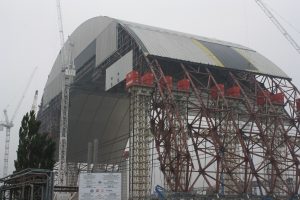 Built in 2010 and located on the power plant in 2016, the NSC (New Safe Confinement), has been operational since February of this year. Now it will be possible to dismantle and demolish unstable structures, containing, in the event of collapse of the old sarcophagus, the radioactive dust that will be released in the event of collapse. A billion and a half dollars spent on construction, 275 meters long and 108 meters high, make the NSC a true engineering prodigy and the largest mobile structure ever built by man. Yes, because this dome was built a hundred meters from the nuclear monster and then moved to the site using tracks.
Built in 2010 and located on the power plant in 2016, the NSC (New Safe Confinement), has been operational since February of this year. Now it will be possible to dismantle and demolish unstable structures, containing, in the event of collapse of the old sarcophagus, the radioactive dust that will be released in the event of collapse. A billion and a half dollars spent on construction, 275 meters long and 108 meters high, make the NSC a true engineering prodigy and the largest mobile structure ever built by man. Yes, because this dome was built a hundred meters from the nuclear monster and then moved to the site using tracks.
A tubular steel structure covered with three layers of panels, consisting of two arches, spaced by a gap of 12 meters, which ensures continuous exchange of air, and is able to withstand winds up to 170 km/h. A bit of Italy is also present in this project. The steel elements of the skeleton were supplied by Cimolai of Pordenone, which produced 25 thousand tons of metal pipes. Assembled on the ground, the three elements making up the arches were then lifted and fixed with an infinite number of screws and bolts, after which the arc section was then placed on the tracks with the help of hydraulic jacks.




























